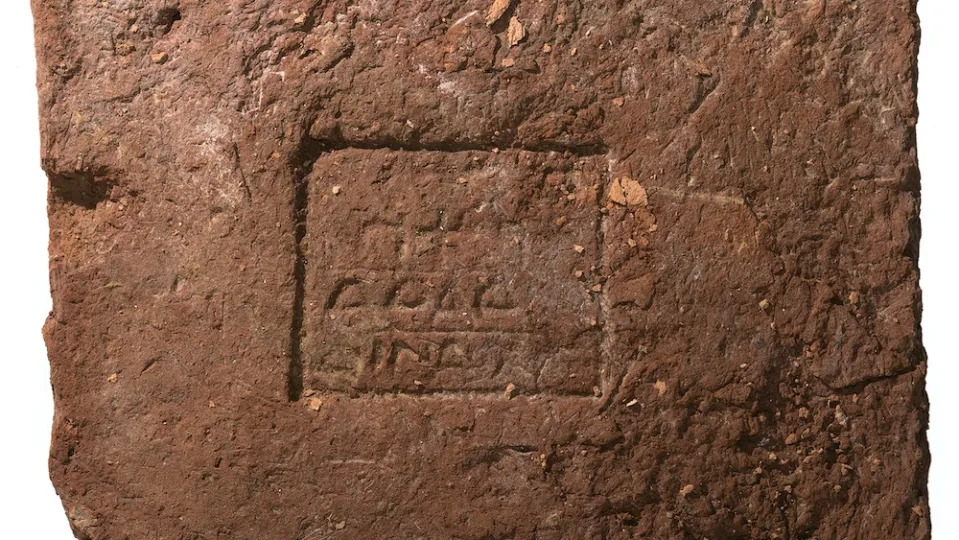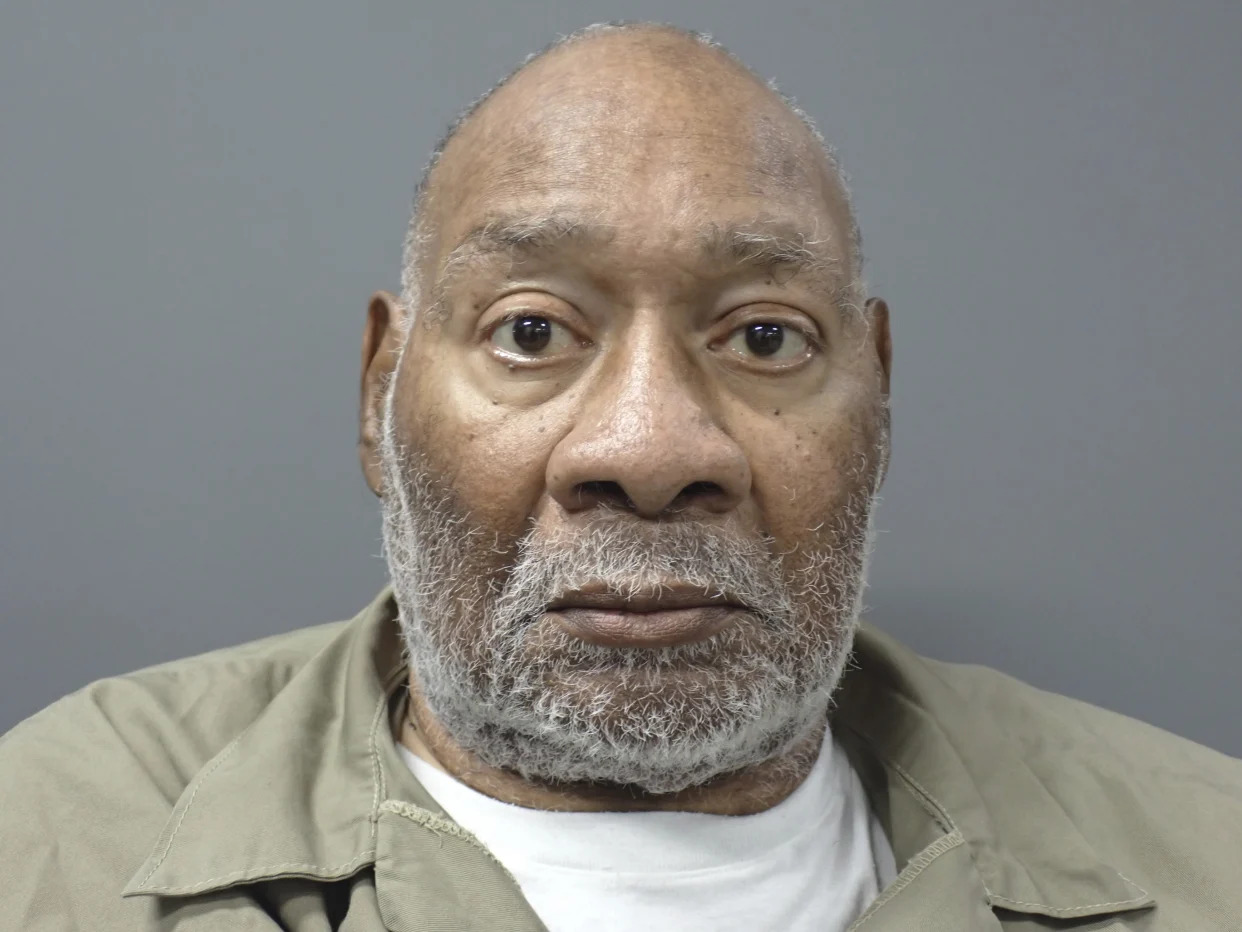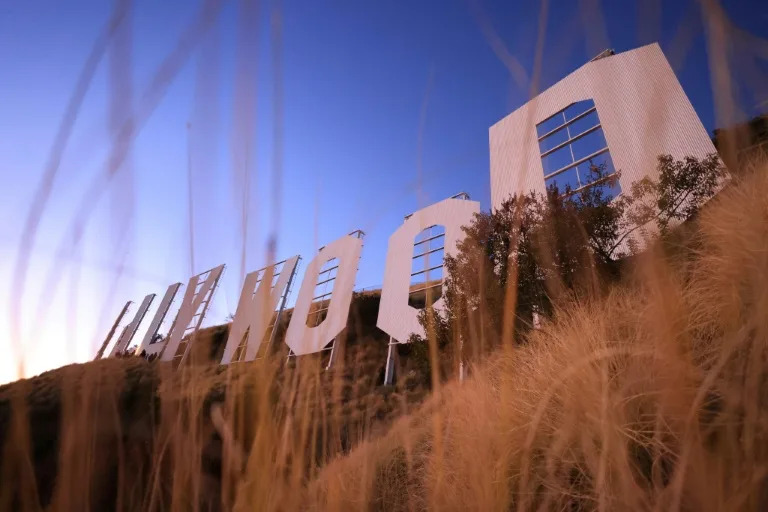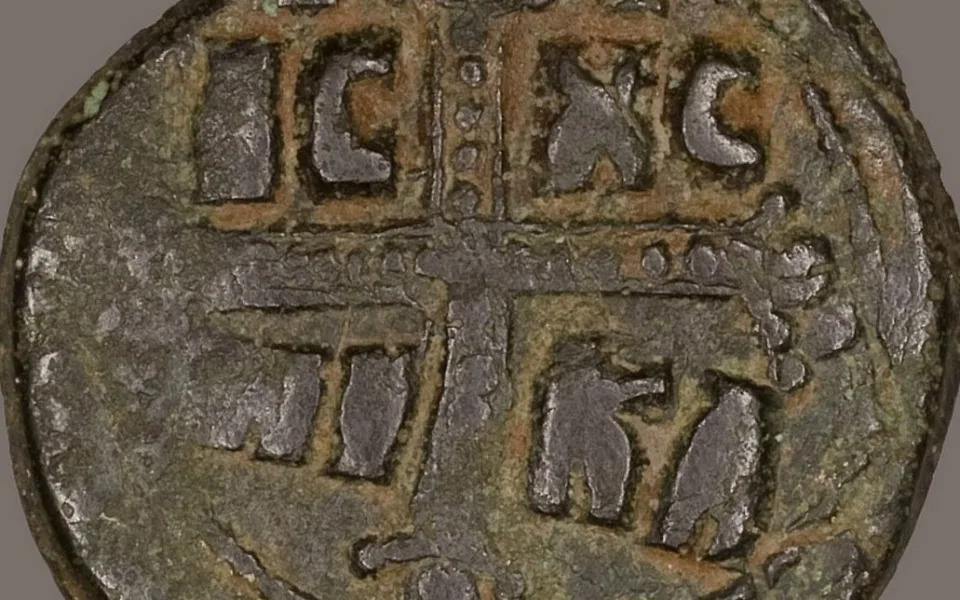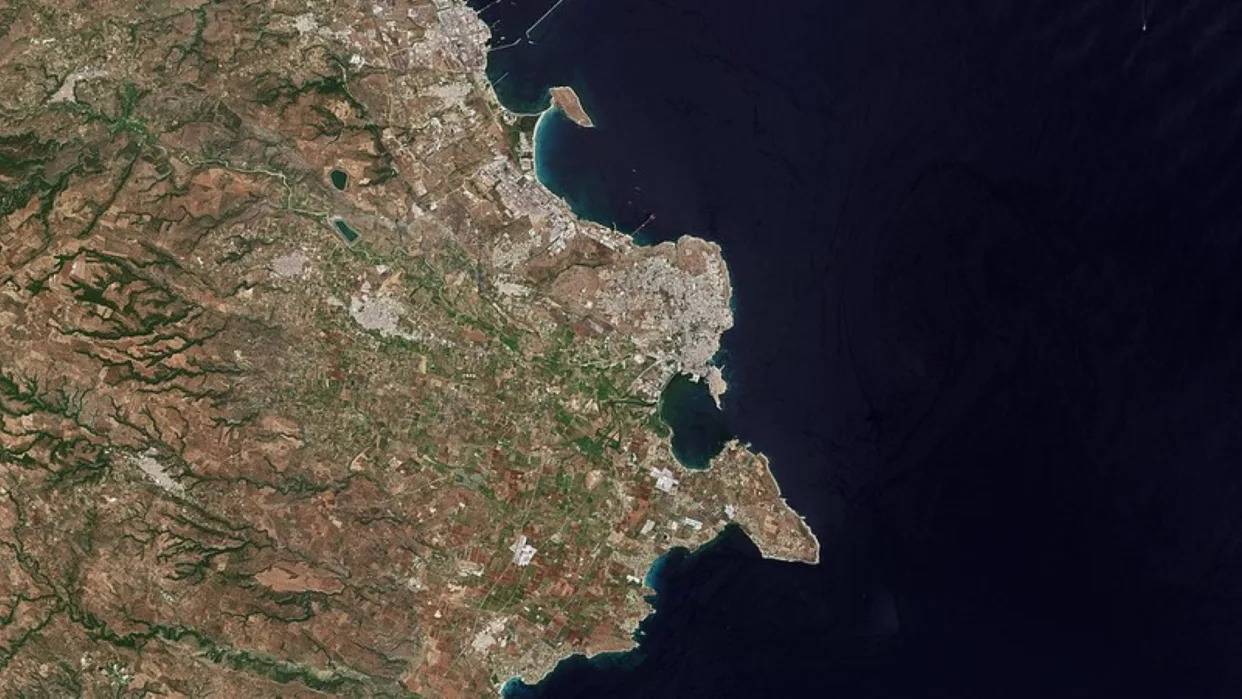Fri, December 8, 2023

Canada's Prime Minister Justin Trudeau speaks as Conservative Party of Canada leader Pierre Poilievre listens during Question Period in the House of Commons on Parliament Hill in Ottawa
By Steve Scherer
OTTAWA (Reuters) - Canada's main opposition Conservative Party forced the House of Commons to sit overnight in a filibuster that it says will end when Liberal Prime Minister Justin Trudeau drops his carbon pricing system that it blames for fueling inflation.
Conservative leader Pierre Poilievre brought bags of fast food to his caucus after midnight and stood to move motions to "axe" the carbon tax until 6 a.m. ET (1100 GMT) - all of which failed.
Trudeau and much of the Liberal caucus also voted through the night to defeat the Conservative motions and slowly make progress on the passage of budget-related legislation that funds the various government departments.
"We have successfully killed a day of government business," Conservative House leader Andrew Scheer told reporters on Friday, his eyes puffy from lack of sleep.
"We are voting against the budget. We're just doing it in a little bit of a different way this time to highlight the fact that Justin Trudeau is going to radically increase the carbon tax," Scheer said. The carbon tax is set to increase over time.
Poilievre would win a majority if a vote were held today, polls show, and he has gathered momentum by accusing Trudeau of failing to protect Canadians from cost-of-living increases. Inflation exceeded 8% last year but in October it was just a notch above 3%. An election is not due until 2025.
The federal carbon tax, in effect since 2019, is Trudeau's signature climate policy and is intended to discourage use of fossil fuels and accelerate a switch to clean energy.
"We're not axing the tax," Trudeau told reporters in the House on Friday.
Canadians receive quarterly rebates to make the carbon tax revenue neutral, but Trudeau offered in October a three-year carve-out for home heating oil under pressure from Liberal lawmakers on the Atlantic coast.
That move appeared to confirm the Conservative view that the carbon tax was a burden on households and reignited debate over the policy.
Voting on the government supply legislation is about half over, Scheer said, so the filibuster is not likely to last into next week. The House will close on Dec. 15 for the holidays.
"Mr. Poilievre continues to gaslight Canadians for clickbait," Liberal House leader Karina Gould told reporters.
"They are literally trying to shut down the government, which is the page out of the extreme-right Republican handbook in the United States. Canadians have seen the dysfunction in Washington. They don't want that here in Ottawa."
(Reporting by Steve Scherer; Additional reporting by Dale Smith; Editing by Richard Chang)
Liberals, NDP criticize Poilievre's absence during late-night House sitting
CBC
Thu, December 7, 2023

Conservative Leader Pierre Poilievre addresses the National Conservative Caucus in Ottawa on Wednesday, Dec. 6, 2023. (Sean Kilpatrick/The Canadian Press - image credit)
The Liberals and NDP are criticizing Conservative Leader Pierre Poilievre for being absent from the House of Commons as his party works to delay government legislation.
Poilievre said Wednesday his MPs will pitch "thousands of amendments" to legislation to keep Parliament sitting over Christmas if the Liberal government doesn't scrap parts of its carbon tax.
"You will have no rest until the tax is gone," Poilievre said in a message to Prime Minister Justin Trudeau and Liberal MPs.
The Tories are forcing delays by prompting 135 votes in the House, most of them on the government's estimates. The party said this will result in round-the-clock voting that likely will last until Friday evening and stall the Liberal agenda.
Poilievre held a fundraiser in Quebec on Thursday evening before spending time with members of the Montreal Jewish community at a synagogue that was recently hit by Molotov cocktails, a spokesperson told CBC News on background.
That didn't stop MPs from taking note of his absence from the House on Thursday evening. Some began chanting "Where is Pierre?" at the Conservative benches.
Conservatives responded with chants of "Where is Trudeau?" — Prime Minister Justin Trudeau was also absent. Deputy Speaker Chris d'Entremont promised to have MPs removed if the chanting continued.

Karina Gould, Leader of the Government in the House of Commons rises during question period in the House of Commons, in Ottawa, Tuesday, Nov. 21, 2023.
Karina Gould, leader of the government in the House of Commons, rises during question period on Tuesday, Nov. 21, 2023. (Adrian Wyld/Canadian Press)
Speaking to reporters before the voting marathon began Thursday evening, Government House Leader Karina Gould criticized Poilievre for his absence.
"Here he is yesterday claiming to Canadians that he's going to hold this government to account," she said. "Well, let's see if he shows up to vote."
Rules adopted in the wake of the pandemic allow MPs to vote virtually through an app; Poilievre, Trudeau and other MPs did that a number of times on Thursday evening. Poilievre's spokesperson told CBC the Conservative leader will be participating in every vote.
NDP House Leader Peter Julian also spoke to reporters about Poilievre's absence.
"The fact that Mr. Poilievre doesn't even have the courage to be here with the members of Parliament that are here all night shows how artificial his latest blocking tactic is," Julian said.
The Conservatives maintain they will carry out their obstruction tactics until the Liberals lift the carbon tax from all home-heating energy sources, pass a bill to grant carbon tax relief to some farmers and exempt all First Nations from the carbon levy, as some chiefs have demanded.
Poilievre put forward a motion calling on the government to meet those demands on Thursday but it was defeated.
Senate set to vote on carbon tax bill
The late-night House sitting comes as the Senate is set to have a final vote on a carbon tax carve-out bill that has been a lightning rod for controversy in the upper chamber.
Bill C-234 would remove the carbon tax from most natural gas and propane used on farms — other farm fuels like diesel and gasoline are already exempt under the Liberal tax regime. It's expected to be put up for a third vote in the Senate on Thursday evening.
The Conservative private members bill was passed in the House — without the support of the governing Liberal Party — without much fanfare. But the bill began to receive more attention after the Liberals announced a three-year carbon tax exemption for heating oil.
Conservatives used the Liberal exemption as a rallying point to call for C-234 to pass.
The ensuing debate in the upper chamber resulted in accusations of bullying and harassment by some senators.
The Senate voted 40-39 to amend the bill to limit the exemption only to propane used for grain drying. If the bill is passed with the amendment, the carbon tax would still apply to heating barns and greenhouses.
Ben Lobb, the MP who brought forward the bill, said Wednesday that he was "disappointed" with the Senate's change.

Ben Lobb, Conservative MP-elect for Huron-Bruce.
Conservative MP Ben Lobb, who sponsored Bill C-234, said the Senate's amendment was disappointing. (CBC News)
"The amendment that was passed last night in a way guts the bill and really diminishes the opportunity that was there, so close to have a good result for Canadian farmers," the Ontario MP told reporters.
Sen. Pierre Dalphond, who proposed the amendment, defended the change.
"The amendment rests on the fact that alternatives and efficiencies are readily available to reduce emissions related to heating and cooling of farm buildings, as compared to grain drying," he said in a media statement.
If the bill passes the third reading in the Senate, it will go back to the House for MPs to consider the changes made by the upper chamber.

